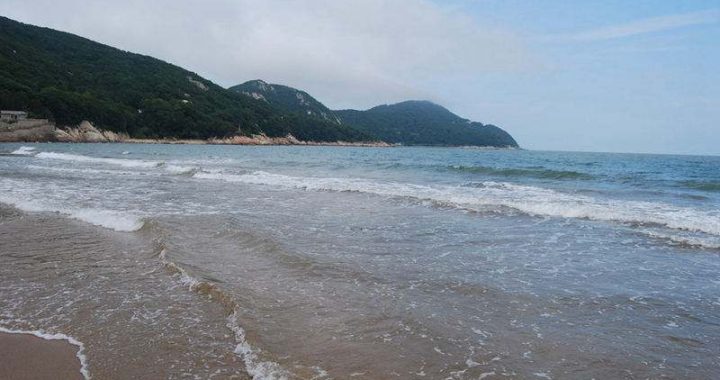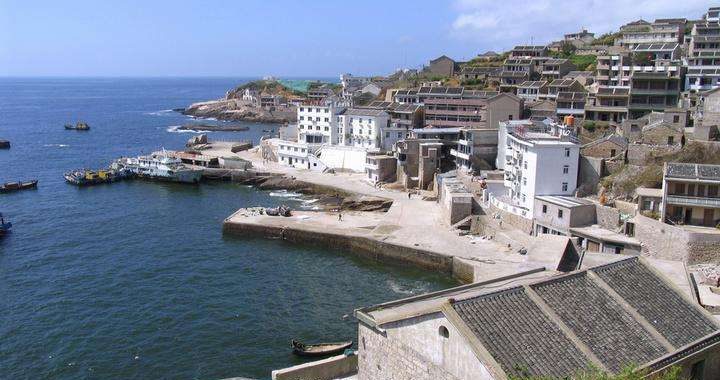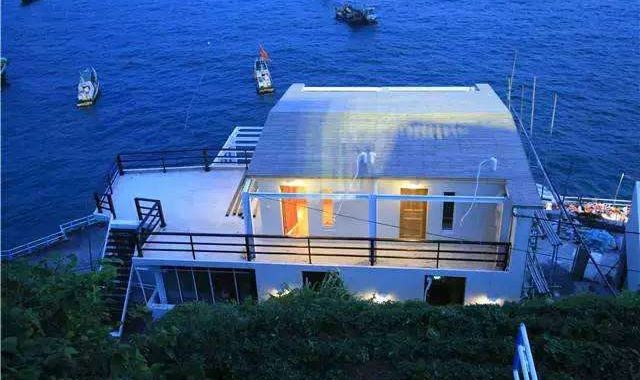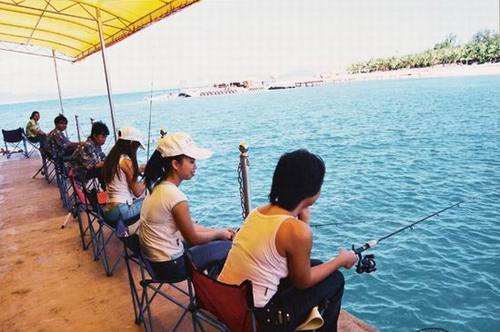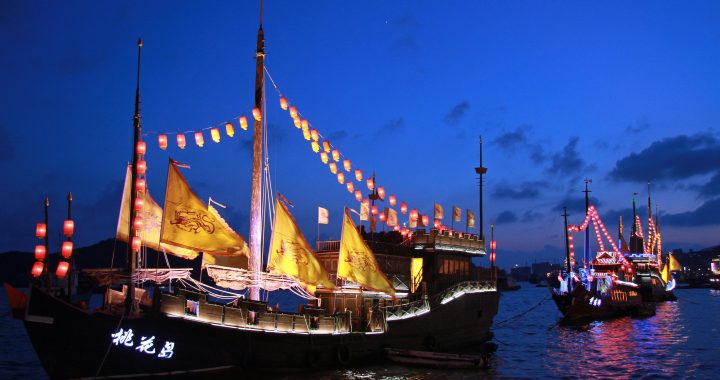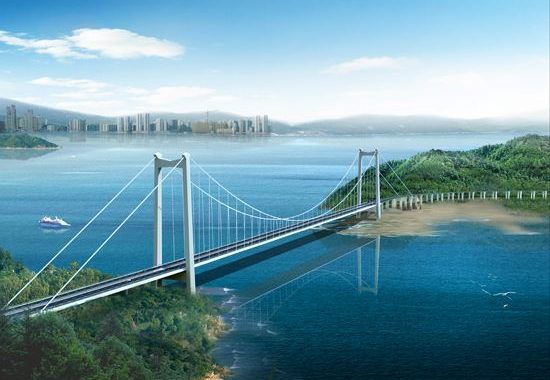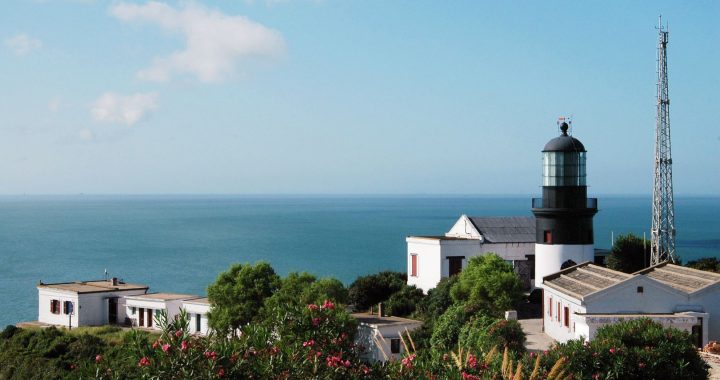Hemudu Civilisation on the Sea
2 min readThe footsteps of the trailblazers of Dinghai were left in the ancient post roads in the mountain range extending from the west to the east.
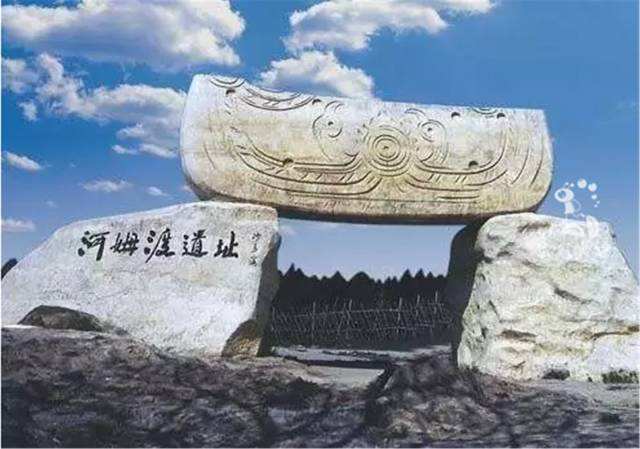
D efore the discovery of the Neolithic remains in the seaside outskirts of today’s DMa’ao area in Dinghai in 1979,there had never been evidence forceful enough totrace the source of human habitation in the Zhoushan archipelago.The 140,000 sq m archeological sprawl hosts 12 Neolithic sites and eight sites from the Shang and Zhou dynasties,with one unearthed in Yangtanli turning out to be a treasure trove of Neolithic pottery.The paddy traces on the red pottery pieces led to the conclusion that human civilization in Zhoushan dates back at least 5,000 years ago,hence the new entry”Hemudu on the Sea”in the world’s archeological dictionary(Hemudu is a Neolithic culture that flourished just south of the Hangzhou Bay in Jiangnan in modern Yuyao,Ningbo.The culture may be divided into early and late phases,before and after 4000 BC respectively.
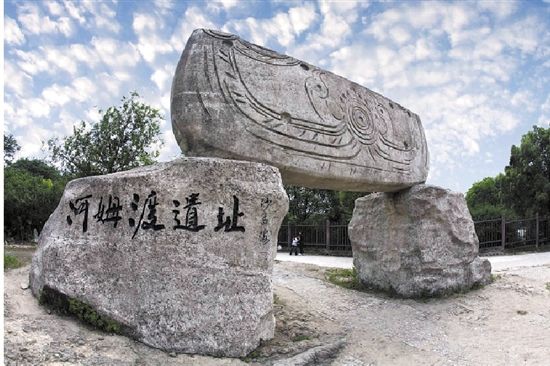
The site at Hemudu,22km north-west of Ningbo,was discovered in 1973)The footsteps of the trailblazers of Dinghai were left in the ancient post roads in the mountain range extending from the west to the east.First built in the Kaiyuanyears of the Tang Dynasty,the post road running from the northern’gate’of Dinghai to Sanjiangkou in Ma’ao is a 14km stretch that once served as the only route to take for those who needed to cross Dinghai from south to north.In ancient times,Sanjiangkou was a bustling trading port serving merchant ships shuttling between major islands in Zhoushan and between Zhoushan and nearby cities such as Shanghai and Ningbo.


